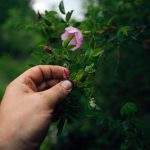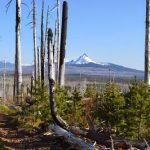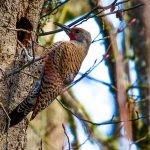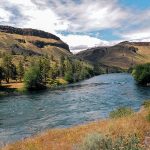Biking to Breweries
Oregon’s countryside offers beautiful views and brews

It’s no secret that beer has added to Oregon’s economy by billions of dollars — total economic impact from the beer industry is $2.83 billion in 2014, according to the Oregon Brewers Guild — but another local industry is picking up speed, as well. “Oregon is on the cusp of a big expansion in biking,” says Nick Meltzer, project manager for the Community Service Center at the University of Oregon. Continue reading



